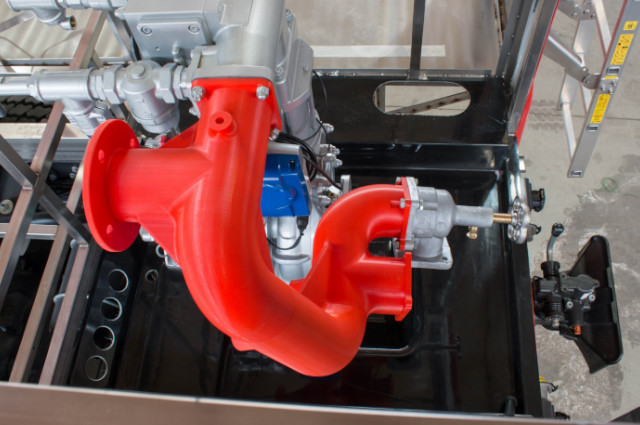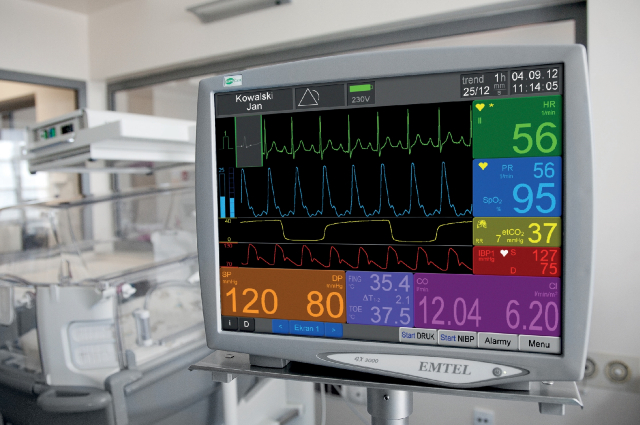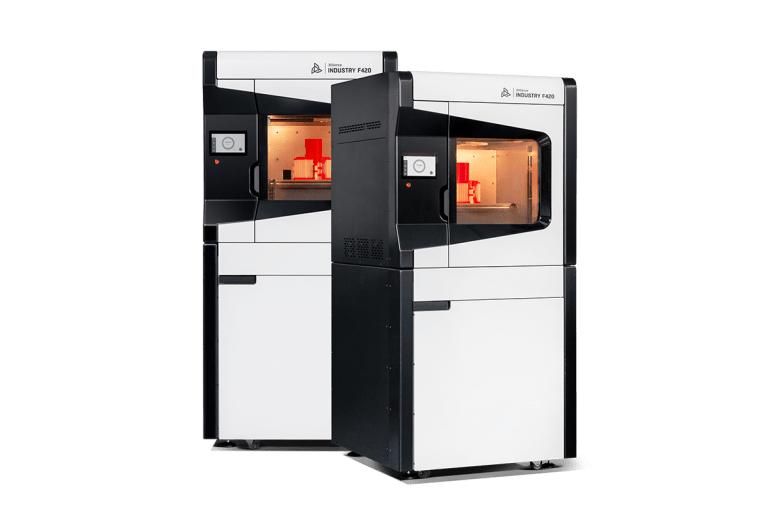How 3D printing is transforming the production line during coronavirus pandemic?
Europe is now the epicenter of the coronavirus pandemic. Production has slowed down dramatically, more and more consortia and factories are making decisions to stop work completely. This is not just a global health crisis, it is also a worldwide economic crisis.






